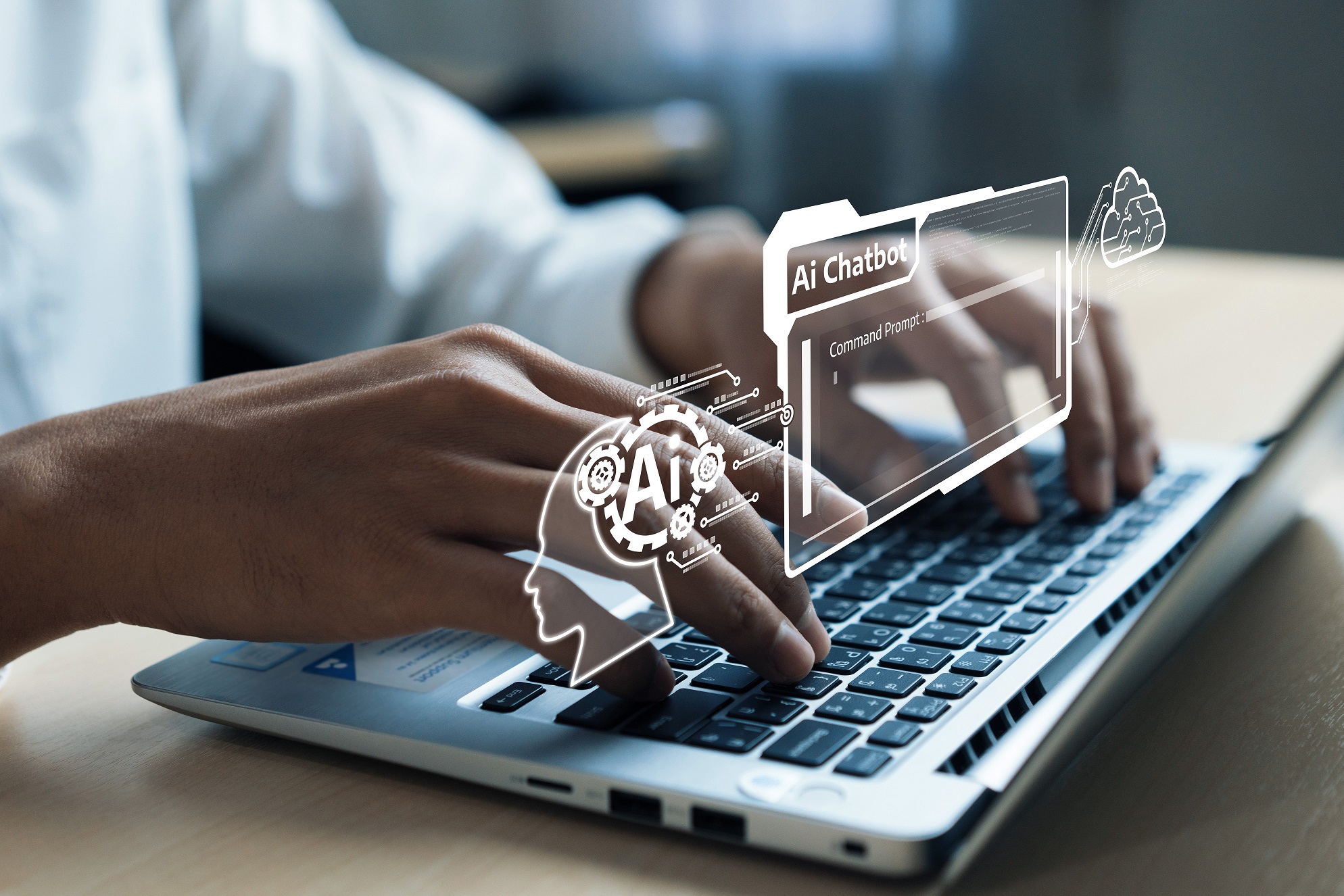As 2025 fast approaches and the evolution of artificial intelligence (AI) continues to infiltrate our day-to-day lives, the University of Salford’s Dr Gordon Fletcher and Dr Maria Kutar share their predictions on the five ways AI will shape our workplaces in 2025.
According to data from Gartner, 73% of respondents to its 2024 CIO (Chief Information Officer) and Tech Executive survey, have increased funding for AI, while Microsoft confirmed use of generative AI almost doubled in the first half of this year with 75% of global knowledge workers using it.
With the growth of AI adoption amongst workers accelerating at rapid pace, we’re seeing new emerging trends shaping the way we embrace this complex yet valuable technology in our lives. So, how will AI shape the workplace over the next 12 months and beyond?
- AI governance
As the prevalence of AI in our daily lives continues to increase, concerns over its ethics have been widespread. As with any technology, ensuring responsible use is critical to mitigate risk and ultimately protect our society. As such, AI governance to ensure responsible, safe and ethical use, while still encouraging innovation and investment, is likely to be a priority for both governments and organisations in 2025. AI presents many benefits for organisations. However, without effective governance, the consequences of unethical adoption are far greater so this will be at the top of the agenda next year, and we are likely to see more reporting of issues that arise.
AI regulation is expected to build on regulation around data protection through GDPR (General Data Protection Regulation), with new guidance extending what’s already in place. We are seeing AI adoption emerge/rise across almost all functions within organisations, so the need for governance is essential and we’re already seeing this start to filter into some areas. For example, The ICO (Information Commissioner’s Office) recently released recommendations for AI developers and providers adopting the technology for recruitment purposes to strengthen data protection for job seekers.
- Further acceleration of AI adoption in the workplace
Next year will see a bigger focus on embedding AI into various functions across organisations more widely. Adding to the existing portfolio of products will be a proliferation of new tools to choose from to embed AI into other activities in the workplace. The use of AI will continue to mature, embedding it wherever possible so it becomes a part of business as usual. It will be further integrated into our day-to-day so it very much becomes the norm, assisting with time-consuming tasks such as helping to quickly understand, digest and summarise complex documents, which will be a gamechanger for the likes of government policymakers and legal teams for instance. The drive for efficiency will see AI being used more widely to answer increasingly complex customer service enquiries, and analysing CV/job applications to determine the best candidates across operational and HR teams respectively.
AI trailblazers are now much more knowledgeable on the value of AI and understand generative AI is so much more than just a chat interface. It can be a valuable tool to help improve the capability to undertake complex tasks, empowering employees to focus on the activities that add more value and require human input. This growing knowledge will also help destigmatise AI adoption, showcasing its value and how it very much complements employee roles to drive productivity.
- More strategic use of AI with long-term adoption embedded at planning stages
As the positive value of AI continues to be more widely publicised and the technology matures further, organisations will become more strategic in its adoption, integrating tools where they can truly add value. We’ll continue to grow our experience with the technology, further understanding its intricacies and most fitting use cases. As a result, leaders should focus on opportunities available for AI to change the way they’re working and even delivering services. For instance, AI has the ability to assist with the foundations for consumer research due to having the ability to replicate human behaviour in some capacity, enabling it to ultimately make human and strategic decision making easier.
- Augmented intelligence
To elevate this further, augmented intelligence, which refers to AI and humans working in tandem to improve performance, will be an emerging theme, as leaders explore what the technology can do to support key activities. By enabling AI to amplify human roles, as opposed to replace them, organisations will be able to alleviate workloads from the mundane tasks so people can focus on the bigger picture priorities such as driving innovation to cultivate growth and addressing the more complex challenges they may be facing.
- The widening AI skills divide
The reluctance and stigma around AI adoption has created a burgeoning skills gap with data suggesting this disproportionately affects women and those over the age of 57. Recent research from Randstad highlighted 42% more men than women report being AI proficient, while only 22% of those aged 60-69 have been offered AI skilling opportunities, compared to 45% of those aged 12-27, who have entered the workforce more recently, and 43% aged 28-43.
As the technology matures and adoption becomes more widespread, the need to invest in skills and develop training for staff is increasingly important. While we’ve seen the emergence of prompt engineering as a skill, as AI starts to play a bigger role in the strategic planning and direction of organisations, we’ll see a greater focus on enhancing AI understanding and greater investment in reskilling to truly capitalise on the long-term value of the technology.









